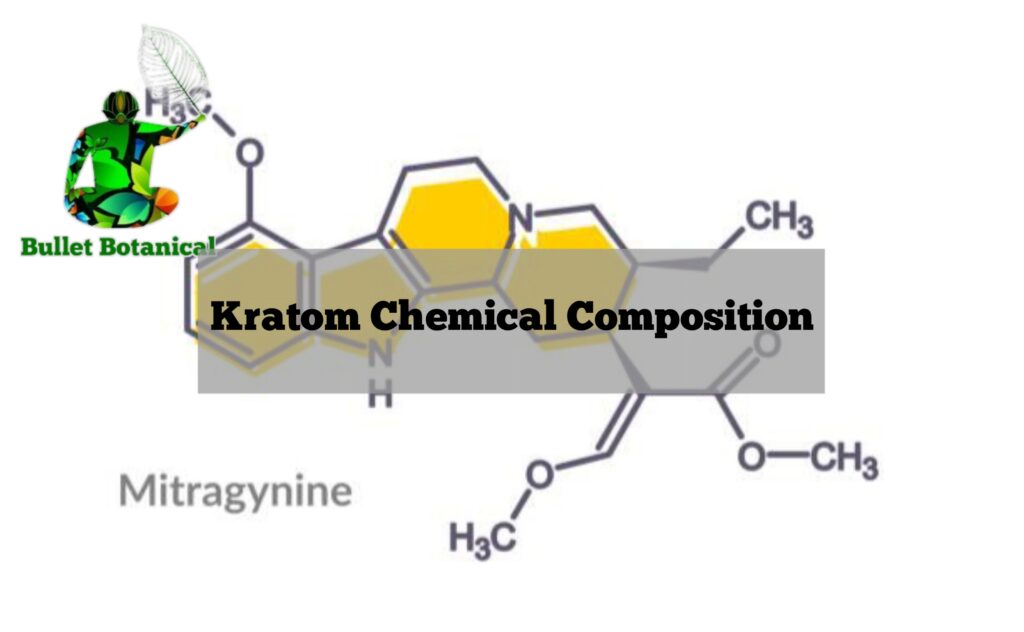
Mitragynine is the most abundant and well-known compound in kratom and is responsible for most of its observable effects.
Although present in low amounts, this alkaloid is one of the most pharmacologically active in the plant.
These alkaloids contribute to kratom’s muscle-relaxing and calming effects, especially in red vein varieties.
Kratom contains numerous minor alkaloids that may contribute subtle effects or support the action of major compounds:
These alkaloids may not produce strong effects on their own but contribute to the overall synergy of whole-leaf kratom.
In addition to alkaloids, kratom contains several secondary plant metabolites, including:
These compounds provide additional health-related effects and support kratom’s natural efficacy.
| Category | Key Compounds | Role |
|---|---|---|
| Primary Alkaloid | Mitragynine | Pain relief, stimulation |
| Potent Minor | 7-Hydroxymitragynine | Strong analgesia, sedation |
| Support Alkaloids | Paynantheine, Speciogynine | Muscle relaxation, calm |
| Other Alkaloids | Mitraphylline, Corynantheidine, etc. | Vascular, neuro, and mood support |
| Plant Compounds | Flavonoids, terpenoids, saponins | Antioxidant, anti-inflammatory |
Understanding the chemical composition of kratom is essential for choosing the right strain and dose for your needs. The synergy of mitragynine, 7-hydroxymitragynine, and supporting alkaloids is what makes kratom so unique—offering a complex, multi-target plant remedy with diverse potential uses.

Bullet Botanical, we strive to provide the best quality Kratom. We guarantee our products are lab tested, and if you have any questions, please feel free to contact us anytime.
WhatsApp us
One Response